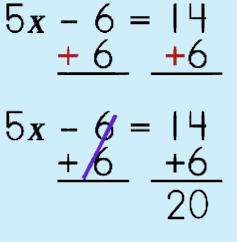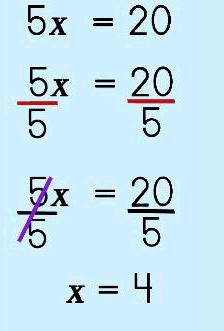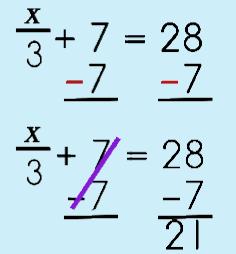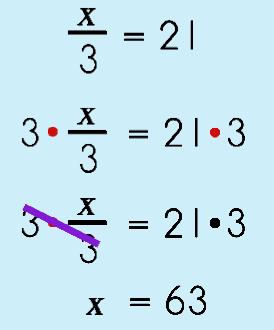 |
||
Back in Pre-Algebra we used a number of properties but never properly identified them. We called things 'inverse' or simply just used the properties but never justified our reasoning when solving for a variable. Now in Algebra, it is important to be able to justify WHY and HOW we get to each step. So, here are some of those properties you've been working with… |
||
Let's start off with a typical 2-step linear equation like this one: I know you all know how to go about solving for x but let's see how you can use your deductive reasoning skills to actually justify the properties you use as you work through each step. Here we go! |
||||
 |
||||
Step 1: Addition Property of Equality
|
||||
 |
||||||
Step 2: Division Property of Equality
|
||||||
 |
||||||
 |
||||
I bet you are starting to get the idea behind these 'equality' properties now. Let's see if you are able to follow the steps in the next problem example. |
||||
 |
||||
Step 1: Subtraction Property of Equality
|
||||
Step 2: Multiplication Property of Equality
|
||||
 |
||||
©2011–2017 Sherry Skipper Spurgeon. All Rights Reserved. |
||